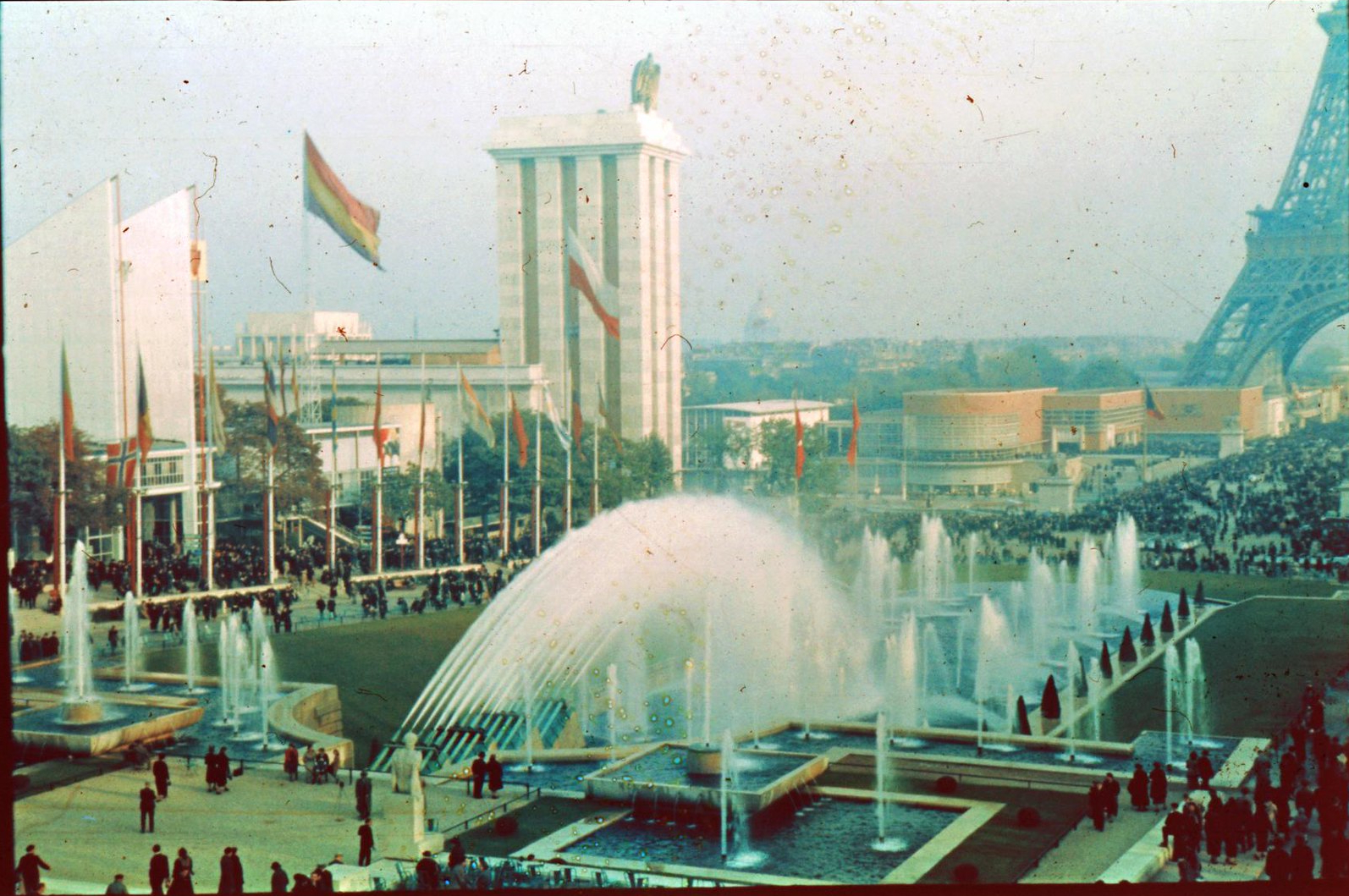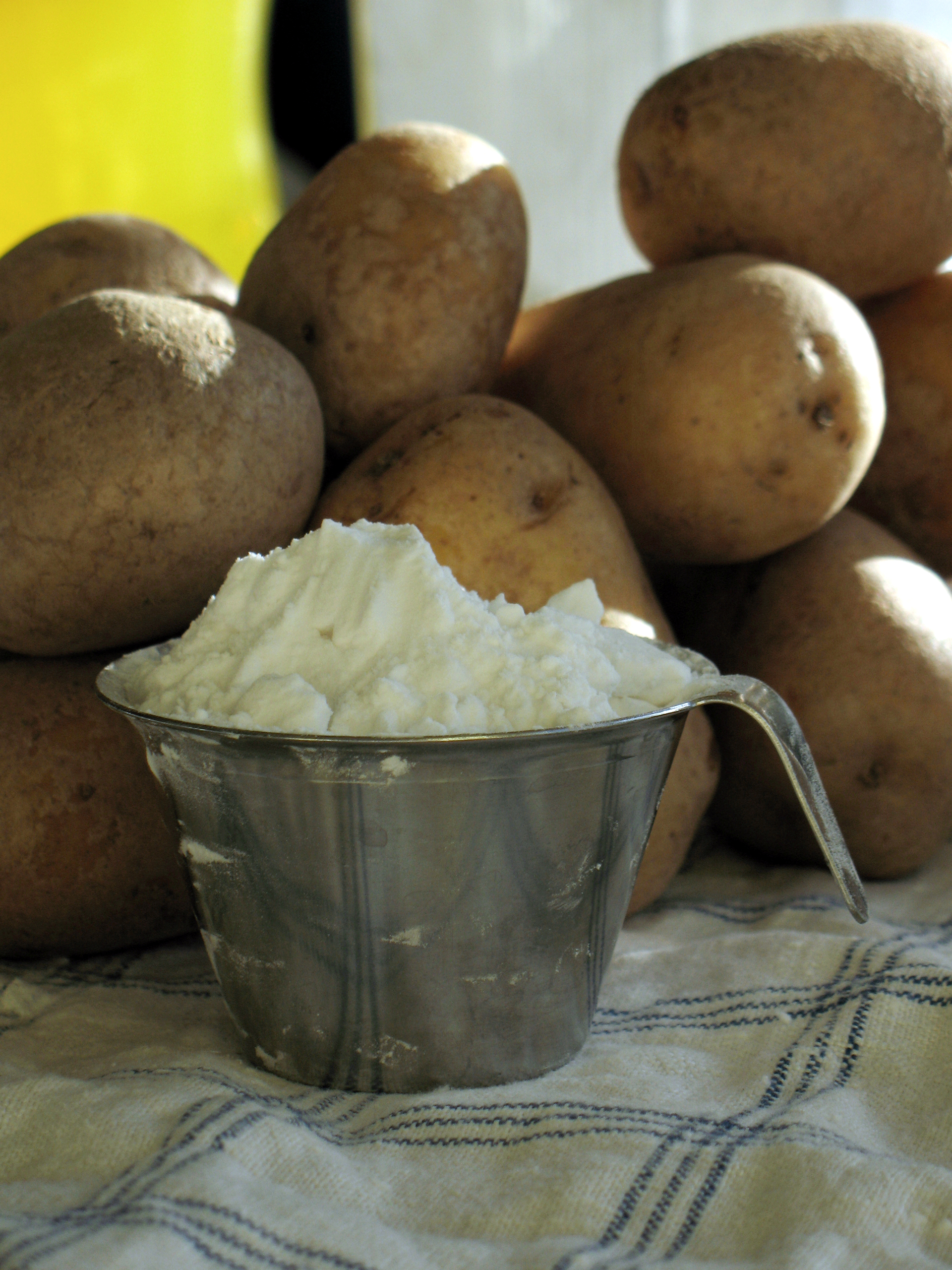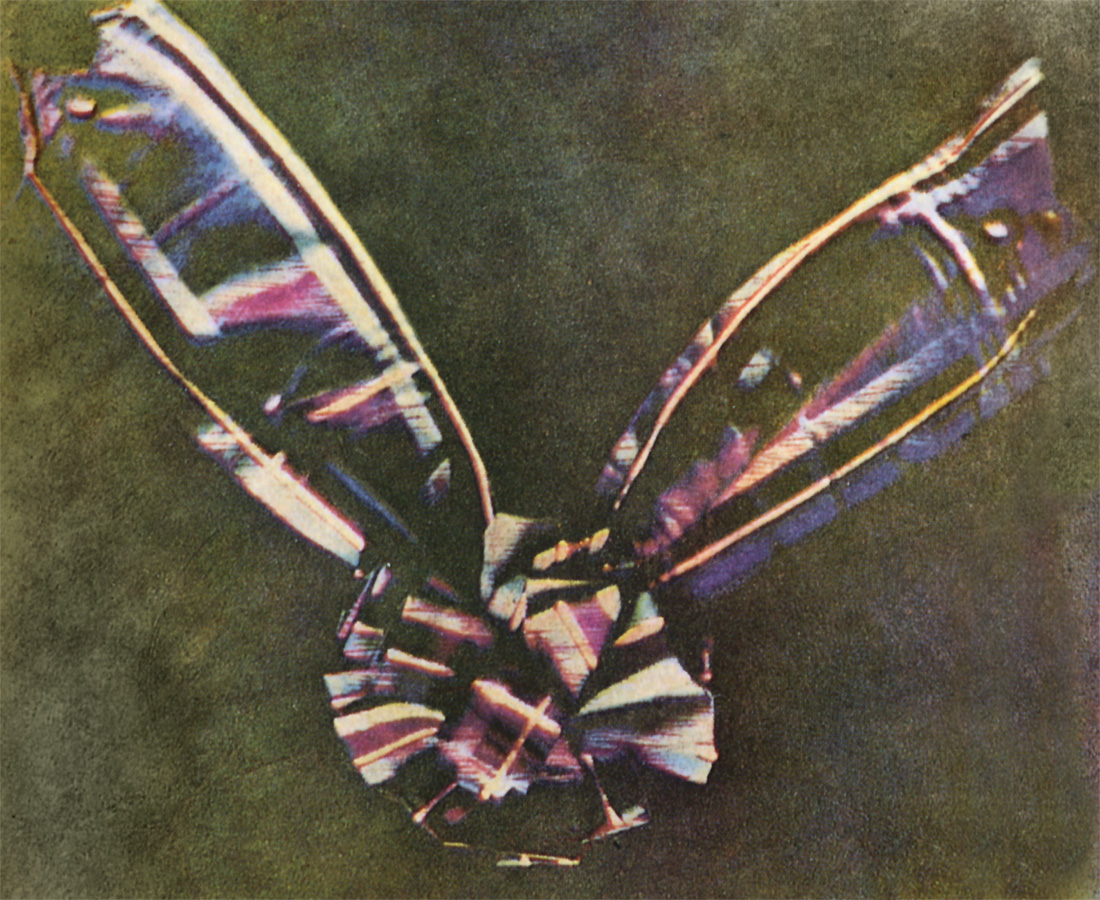|
Reversal Film
In photography, reversal film or slide film is a type of photographic film that produces a positive image on a transparent base. Instead of negatives and prints, reversal film is processed to produce transparencies or diapositives (abbreviated as "diafilm" or "dia" in some languages like German, Romanian or Hungarian). Reversal film is produced in various sizes, from 35 mm to roll film to 8×10 inch sheet film. A slide is a specially mounted individual transparency intended for projection onto a screen using a slide projector. This allows the photograph to be viewed by a large audience at once. The most common form is the 35 mm slide, with the image framed in a 2×2 inch cardboard or plastic mount. Some specialized labs produce photographic slides from digital camera images in formats such as JPEG, from computer-generated presentation graphics, and from a wide variety of physical source material such as fingerprints, microscopic sections, paper documents, astr ... [...More Info...] [...Related Items...] OR: [Wikipedia] [Google] [Baidu] |
Slide
Slide or Slides may refer to: Places * Slide, California, former name of Fortuna, California Arts, entertainment, and media Music Albums * ''Slide'' (Lisa Germano album), 1998 * ''Slide'' (George Clanton album), 2018 *''Slide'', by Patrick Gleeson, 2007 * ''Slide'' (Luna EP), 1993 * ''Slide'' (Madeline Merlo EP), 2022 Songs * "Slide" (Slave song), 1977 * "Slide" (The Big Dish song), 1986 * "Slide" (Goo Goo Dolls song), 1998 * "Slide" (Calvin Harris song), 2017 * "Slide" (FBG Duck song), 2018 * "Slide" (French Montana song), 2019 * "Slide" (H.E.R. song), 2019 * "Slide" (Madeline Merlo song), 2022 * "Slide" (¥$ song), 2024 * "Step Back"/"Slide", by Superheist, 2001 *"Slide", by Chris Brown from '' Breezy'' *"Slide", by Dido from '' No Angel'' *"Slide", by Doechii from ''Alligator Bites Never Heal'' *"The Slide", by Cowboy Junkies from '' One Soul Now'' Other uses in music * Slide (musical ornament), a musical embellishment found particularly in Baroque music * Slide (tune type), ... [...More Info...] [...Related Items...] OR: [Wikipedia] [Google] [Baidu] |
16 Mm Film
16 mm film is a historically popular and economical Film gauge, gauge of Photographic film, film. 16 mm refers to the width of the film (about inch); other common film gauges include 8 mm film, 8 mm and 35mm movie film, 35 mm. It is generally used for non-theatrical (e.g., industrial, educational, television) film-making, or for low-budget motion pictures. It also existed as a popular amateur or home movie-making format for several decades, alongside 8 mm film and later Super 8 film. Kodak, Eastman Kodak released the first 16 mm "outfit" in 1923, consisting of a Ciné-Kodak camera, Kodascope projector, tripod, screen and splicer, for US$335 (). RCA Records, RCA-Victor introduced a 16 mm sound movie projector in 1932, and developed an optical sound-on-film 16 mm camera, released in 1935. History Eastman Kodak introduced 16 mm film in 1923, as a less expensive alternative to 35mm movie film, 35 mm Film formats, film for amateurs. The ... [...More Info...] [...Related Items...] OR: [Wikipedia] [Google] [Baidu] |
Subtractive Color
Subtractive color or subtractive color mixing predicts the spectral power distribution of light after it passes through successive layers of partially absorbing media. This idealized model is the essential principle of how dyes and pigments are used in color printing and photography, where the perception of color is elicited after white light passes through microscopic "stacks" of partially absorbing media, allowing some wavelengths of light to reach the eye and not others. It is also a concept seen in painting, wherein the colors are mixed or applied in successive layers. Process The subtractive color mixing model predicts the resultant spectral power distribution of light filtered through overlaid partially absorbing materials on a reflecting or transparent surface. Each layer partially absorbs some wavelengths of light from the illumination spectrum while letting others pass through, resulting in a colored appearance. The resultant spectral power distribution is predicted b ... [...More Info...] [...Related Items...] OR: [Wikipedia] [Google] [Baidu] |
E-6 Process
The E-6 process is a chromogenic Photographic processing, photographic process for developing Ektachrome, Fujichrome and other Reversal film, color reversal (also called slide or transparency) photographic film. Unlike some color reversal processes (such as Kodachrome K-14 process, K-14) that produce positive transparencies, E-6 processing can be performed by individual users with the same equipment that is used for processing black and white negative film or C-41 process, C-41 color negative film. The process is highly sensitive to temperature variations: a heated water bath is mandatory to stabilize the temperature at for the first developer and first wash to maintain process tolerances. History The E-6 process superseded Kodak's E-3 process, E-3 and E-4 process, E-4 processes. The E-3 process required fogging with light to accomplish image reversal and produced transparencies that faded quickly. The E-4 process used polluting chemicals, such as the highly toxic reversal a ... [...More Info...] [...Related Items...] OR: [Wikipedia] [Google] [Baidu] |
Dufaycolor
Dufaycolor is an early United Kingdom, British additive color, additive colour photographic film process, introduced for film, motion picture use in 1932 and for photography, still photography in 1935. It was derived from 's Dioptichrome Photographic plate, plates, a glass-based product for colour still photography, introduced in France in 1909. Both Dioptichrome and Dufaycolor worked on the same principles as the Autochrome process, but achieved their results using a layer of tiny colour filter elements arrayed in a regular geometric pattern, unlike Autochrome's random array of coloured starch grains. The manufacture of Dufaycolor film ended in the late 1950s. Process The Color photography, photographic reproduction of natural colour by means of a black-and-white photograph taken and viewed through a mosaic of tiny colour Filter (optics), filters was an idea first patented and published by Louis Ducos du Hauron in the late 1860s, but the incomplete colour sensitivity of contempo ... [...More Info...] [...Related Items...] OR: [Wikipedia] [Google] [Baidu] |
Agfa
Agfa-Gevaert N.V. (Agfa) is a Belgian-German multinational corporation that develops, manufactures, and distributes Analog photography, analogue and digital imaging products, software, and systems. The company began as a dye manufacturer in 1867. In 1925, the company merged with several other German chemical companies to become chemicals giant IG Farben. IG Farben would go on to play major role in the economy of Nazi Germany. It extensively employed Forced labour under German rule during World War II, forced labour during the Nazi period, and produced Zyklon B poison gas used in the Holocaust. IG Farben was disestablished by the Allies in 1945. AGFA was reconstituted (as a subsidiary of Bayer) from the remnants of IG Farben in 1952. Agfa photographic film and cameras were once prominent consumer products. In 2004, the consumer imaging division was sold to a company founded via management buyout. AgfaPhoto, AgfaPhoto GmbH, as the new company was called, filed for bankruptcy after ... [...More Info...] [...Related Items...] OR: [Wikipedia] [Google] [Baidu] |
Potato Starch
Potato starch is starch extracted from potatoes. The cells of the root tubers of the potato plant contain leucoplasts (starch grains). To extract the starch, the potatoes are crushed, and the starch grains are released from the destroyed cells. The starch is then left to settle out of solution or separated by Hydrocyclone, hydrocyclones, then dried to powder. Potato starch contains typical large oval spherical granules ranging in size from 5 to 100 Micrometre, μm. Potato starch is a refined starch, containing minimal protein or fat. This gives the powder a clear white colour, and the cooked starch typical characteristics of neutral taste, good clarity, high binding strength, long texture, and minimal tendency to foaming or yellowing of the solution. Potato starch contains approximately 800 Parts per million, ppm phosphate bound to the starch; this increases the viscosity and gives the solution a slightly anionic character, a low starch gelatinization, gelatinisation temperat ... [...More Info...] [...Related Items...] OR: [Wikipedia] [Google] [Baidu] |
Panchromatic
A panchromatic emulsion is a type of photographic emulsion that is sensitive to all wavelengths of visible light, and produces a monochrome photograph—typically black and white. Most modern commercially available film is panchromatic, and the technology is usually contrasted with earlier methods that cannot register all wavelengths, especially orthochromatic film. In digital imaging, a panchromatic sensor is an image sensor or array of sensors that combine the visible spectrum with non-visible wavelengths, such as ultraviolet or infrared. Images produced are also black and white, and the system is used for its ability to produce higher resolution images than standard digital sensors. Description A panchromatic emulsion renders a realistic reproduction of a scene as it appears to the human eye, although with no colors. Almost all modern photographic film is panchromatic. Some older types of film were orthochromatic and were not sensitive to certain wavelengths of light. As ... [...More Info...] [...Related Items...] OR: [Wikipedia] [Google] [Baidu] |
Additive Color
Additive color or additive mixing is a property of a color model that predicts the appearance of colors made by coincident component lights, i.e. the perceived color can be predicted by summing the numeric representations of the component colors. Modern formulations of Grassmann's laws describe the additivity in the color perception of light mixtures in terms of algebraic equations. Additive color predicts perception and not any sort of change in the photons of light themselves. These predictions are only applicable in the limited scope of color matching experiments where viewers match small patches of uniform color isolated against a gray or black background. Additive color models are applied in the design and testing of electronic displays that are used to render realistic images containing diverse sets of color using phosphors that emit light of a limited set of primary colors. Examination with a sufficiently powerful magnifying lens will reveal that each pixel in CRT, ... [...More Info...] [...Related Items...] OR: [Wikipedia] [Google] [Baidu] |
Autochrome Lumière
The Autochrome Lumière was an early color photography process patented in 1903 by the Lumière brothers in France and first marketed in 1907. Autochrome was an additive color "mosaic screen plate" process. It was one of the principal color photography processes in use before the advent of subtractive color film in the mid-1930s. A competing process was that of the Russian Sergey Prokudin-Gorsky. Prior to the Lumière brothers, Louis Ducos du Hauron utilized the separation technique to create colour images on paper with screen plates, producing natural colours through superimposition, which would become the foundation of all commercial colour photography. Descendants of photographer Antoine Lumière, inventors Louis and Auguste Lumière utilized Du Hauron's (1869) technique, which had already been improved upon by other inventors such as John Joly (1894) and James William McDonough (1896), making it possible to print photographic images in colour. One of the most broadly used for ... [...More Info...] [...Related Items...] OR: [Wikipedia] [Google] [Baidu] |
Auguste And Louis Lumière
The Lumière brothers (, ; ), Auguste Marie Louis Nicolas Lumière (19 October 1862 – 10 April 1954) and Louis Jean Lumière (5 October 1864 – 6 June 1948), were French manufacturers of photography equipment, best known for their ' motion picture system and the short films they produced between 1895 and 1905, which places them among the earliest filmmakers. Their screening of a single film on 22 March 1895, for around 200 members of the Société d'encouragement pour l'industrie nationale (Society for the Development of the National Industry) in Paris was probably the first presentation of projected film. Their first commercial public screening on 28 December 1895, for around 40 paying visitors and invited relations has traditionally been regarded as the birth of cinema. Either the techniques or the business models of earlier filmmakers proved to be less viable than the breakthrough presentations of the Lumières. History The Lumière brothers were born in Besançon, ... [...More Info...] [...Related Items...] OR: [Wikipedia] [Google] [Baidu] |
Color Photography
Color photography (also spelled as colour photography in English in the Commonwealth of Nations, Commonwealth English) is photography that uses media capable of capturing and reproducing colors. By contrast, black-and-white or gray-monochrome photography records only a single channel of luminance (brightness) and uses media capable only of showing shades of gray. In color photography, electronic sensors or light-sensitive chemicals record color information at the time of exposure (photography), exposure. This is usually done by analyzing the spectrum of colors into three channels of information, one dominated by red, another by green and the third by blue, in imitation of the way the normal color vision#Physiology of color perception, human eye senses color. The recorded information is then used to reproduce the original colors by mixing various proportions of red, green and blue light (RGB color, used by video displays, digital projectors and some historical photographic proce ... [...More Info...] [...Related Items...] OR: [Wikipedia] [Google] [Baidu] |









